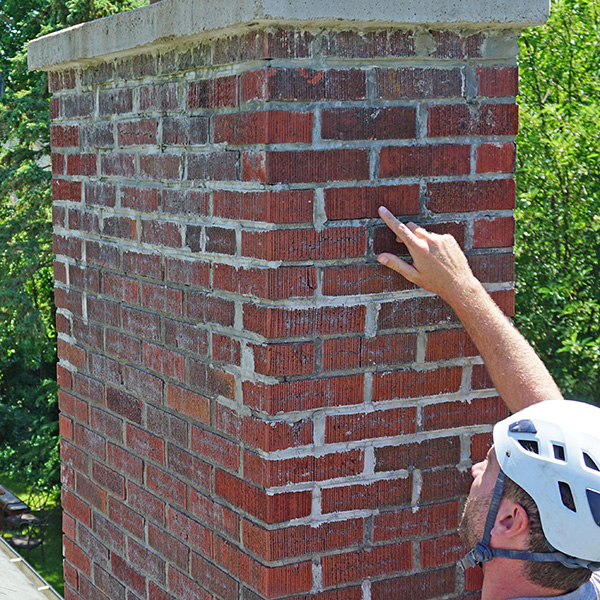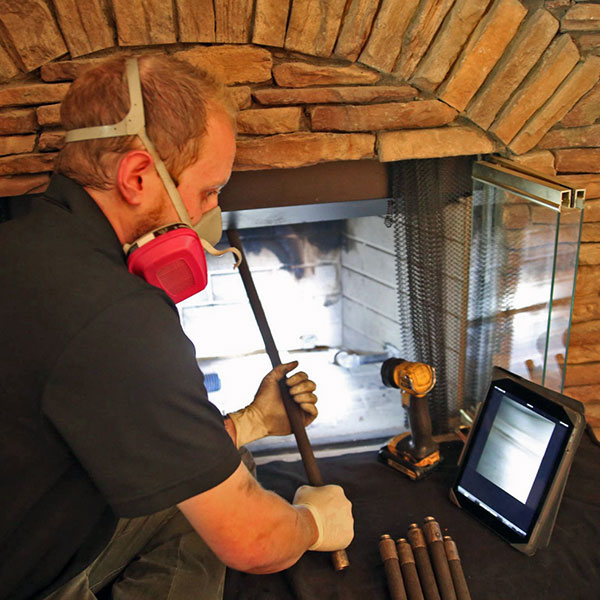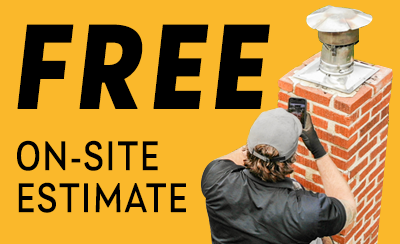Understanding the Different Levels of Chimney Inspections
Chimney inspections are crucial for maintaining the safety of your chimney and home. Creosote buildup, hidden cracks, or structural issues can put your family at risk of a fire and cause your heating system to lose efficiency. That’s why the National Fire Protection Association (NFPA) established three different levels of chimney inspections, each designed for specific situations. Knowing what these levels mean and how often to schedule an inspection will help you make the best decision for your home.
 Why Chimney Inspections Matter
Why Chimney Inspections Matter
Chimneys do more than allow smoke to escape; they’re a critical part of your home’s ventilation system. Over time, soot and creosote naturally build up in the flue, and small cracks can form. Left unchecked, these issues can lead to chimney fires or carbon monoxide seeping into your living space. Regular inspections allow professionals to spot these dangers early, saving you from bigger problems later.
The Three Levels of Chimney Inspections
Level 1: The Routine Check
A Level 1 inspection is the most basic and what most homeowners need on an annual basis if nothing about their system has changed. During this inspection, a technician will examine all accessible parts of the chimney, inside and out. They’ll look for:
- Creosote buildup
- Blockages like bird nests or leaves
- Signs of damage or deterioration
This level is recommended if you use your fireplace or heating appliance regularly, and it’s been operating under the same conditions year after year.
Level 2: A More Detailed Look
Level 2 inspections go deeper than Level 1. These inspections are required in specific situations, such as:
- When you’re buying or selling a home
- After a chimney fire, earthquake, or severe storm
- When you’re changing how you use the system (for example, switching from wood to gas logs)
A Level 2 inspection includes everything in Level 1, plus a scan of the interior flue. The camera allows inspectors to see areas that aren’t visible to the naked eye, like cracks, gaps, or internal damage. If you’re moving into a new home with a fireplace, this is the inspection you’ll want to schedule before lighting the first fire.
Level 3: The Investigation Inspection
A Level 3 inspection is the most extensive and is only performed when serious hazards are suspected. This inspection may require removing parts of the chimney, such as walls, crown, or interior components, to access hidden areas. It’s not common, but it is necessary if an inspector suspects major structural damage, severe deterioration, or after a chimney fire that could have compromised the system.
 How Often Should You Get an Inspection?
How Often Should You Get an Inspection?
The NFPA recommends at least one inspection per year, regardless of how often you use your fireplace. Even if you don’t burn fires often, animals, weather damage, or unseen blockages can still pose risks.
Here are some general guidelines:
- Annual Inspections: A yearly Level 1 inspection is standard for all homeowners.
- Before Buying or Selling a Home: Always schedule a Level 2 inspection to ensure the system is safe and up to code.
- After Severe Weather or Damage: Storms, earthquakes, or chimney fires may call for a Level 2 or 3 inspection.
- Heavy Fireplace Use: If you use your fireplace frequently throughout winter, consider both an annual inspection and a mid-season cleaning.
Regular inspections offer many benefits, including preventing chimney fires and carbon monoxide poisoning. Also, catching and fixing minor issues is typically less expensive than repairing major structural damage. Finally, you get peace of mind knowing your chimney is in the best condition possible.
Chimney inspections aren’t the most glamorous part of owning a home, but they’re extremely important to keep your heating system running efficiently and safely.
Winter will be here soon! Call Felgemacher Masonry & Chimney today to schedule your chimney inspection and cleaning. We are a third-generation chimney and fireplace company proudly serving the greater Buffalo, NY, and Rochester, NY area.



